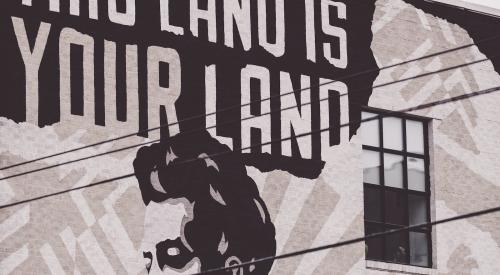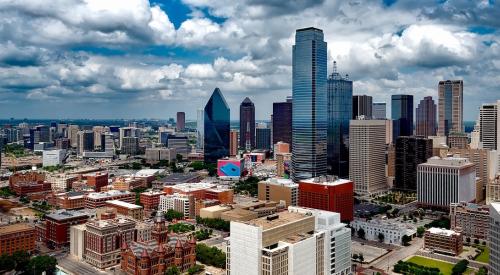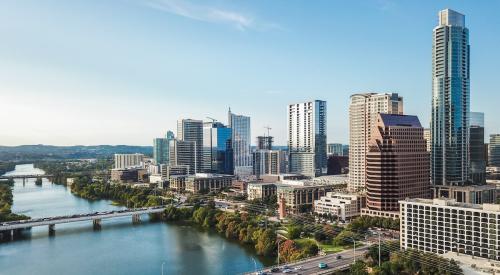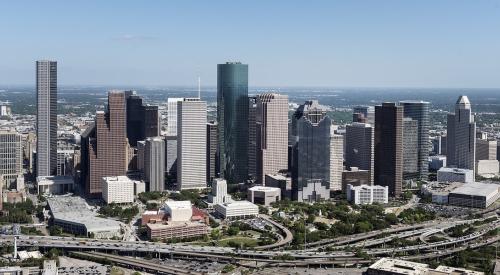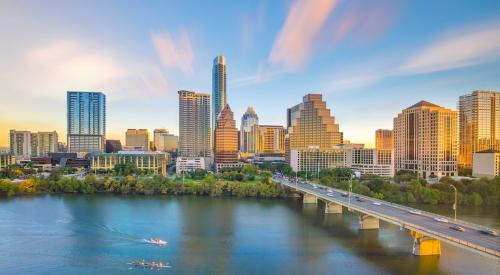In its summer Housing and Mortgage Market Review, Arch Mortgage Insurance Company looks at what allows some towns to experience exponential population growth while other lag behind.
The term “boomtown” conjures up images of a bygone era — perhaps old gold rush towns out West or Chicago in the 1800s. But even now there are U.S. cities with sustained, exceptional growth. For example: Between 1950 and 2000, DallasFort Worth’s population grew by nearly 1,000%.
Dallas, Texas, is the largest in total number of jobs and by comparing the slope of the line to that of the U.S., you can see how it has grown at an impressive clip. Boomtowns are a diverse lot: from Austin, Texas, which has the state capital and a thriving tech sector, to Orlando, Florida, which is built on entertainment, retirees, logistics and healthcare.
Of these cities, Dallas, Texas, had the largest downturn in 2001 as the booming telecom industry went bust, the dot-com bubble burst and the terrorist attacks of Sept. 11 hurt several of the city’s vital industries. At the other extreme, Riverside, California, was barely touched by that downturn. While Las Vegas, Nevada, recovered quickly from the recession in 2001, it took the longest to recover from the housing market bust, which is understandable given the mega-sized housing boom-and-bust cycle that took place there.

